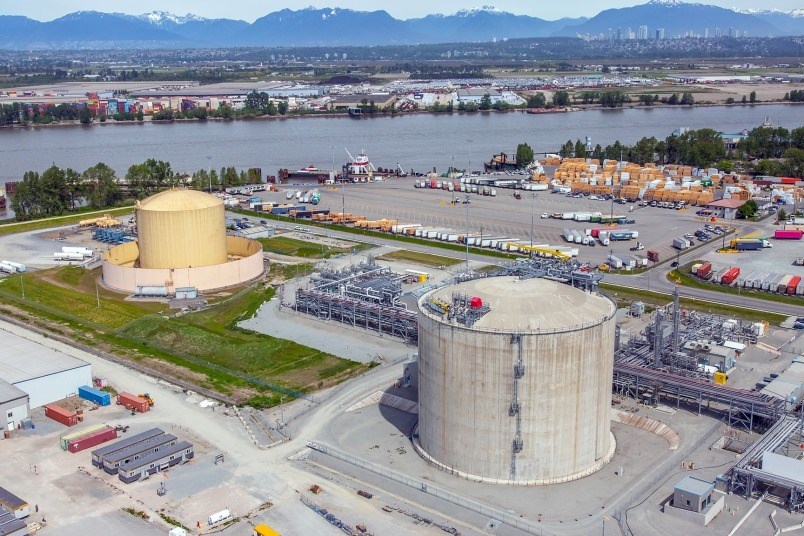Dear Editor,
Re: “More cons than pros for proposed LNG expansion near Richmond, says action group,” online, June 20
A recent article in the Richmond News presented a one-sided picture of FortisBC’s Tilbury Phase 2 LNG Expansion project. I’d like to provide Richmond readers with some missing details about the project and correct misleading information in the article.
For nearly 50 years, our Tilbury facility has been producing Liquefied natural gas (LNG) to help ensure British Columbians have the energy they need on the coldest days of the year. LNG is natural gas that has been chilled into a liquid form. It’s made from the same natural gas we use in our homes and businesses every day and is already moved by truck and ship around our region safely.
As B.C. shifts toward a lower-carbon future, LNG will continue to play an important role. LNG’s emissions are lower than conventional fuels used in heavy-duty trucks and ships. As a result, we see LNG as an important part of our efforts to reach our 30BY30 target of reducing customers’ greenhouse gas emissions 30 per cent by 2030.
There are two main drivers behind this project the article missed. The first is that the new storage tank would serve B.C. customers in the event of a natural gas supply disruption, like the one that disrupted gas supply to the Lower Mainland in 2018.
The second is to produce more LNG as a fuel for ships and potentially to serve overseas export markets. Since our LNG is created with renewable hydroelectricity, it is some of the cleanest in the world. We’ve been fuelling BC Ferries with LNG since 2017.
Our proposed expansion would serve the growing demand for LNG as a fuel for ocean-going ships and could provide the cleanest LNG to overseas markets, creating new jobs and economic opportunities.
In addition, there are a number of other points in the article to clarify. Our LNG facilities are safe. They are built to Canada’s high safety standards. If new standards are introduced, our facilities are upgraded to meet them.
The new expansion will be no exception. It would feature a fully contained double-walled storage tank and advanced safety features. Our employees are experienced leaders in their fields and will follow stringent safety procedures to ensure the public and our workers are kept safe.
It’s worth emphasizing that Tilbury is a good location for a small-scale LNG facility. Our site is located in an industrial area and we can expand within our existing footprint.
Although the project considers new production of up to 3.5 million tonnes per year, this is the maximum potential of the site. The final size will depend on market demand from marine customers, and potentially overseas customers.
Finally, it’s important to clarify that our utility customers will not pay for the new LNG production needed to serve overseas markets served by this expansion. Costs for the storage tank, which would strengthen service to B.C. homes and businesses, would be passed on to utility customers. Before this can occur, we will need to file an application to our regulator, the BC Utilities Commission later this year.
Our project is at an early stage of planning and design. It’s important to get the full picture of the project by visiting TalkingEnergy.ca and becoming involved in the environmental assessment process, which will include more opportunities for public input in the future.
Douglas Stout, Vice-President of Market Development & External Relations
FORTISBC



